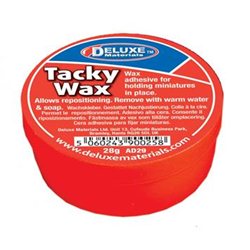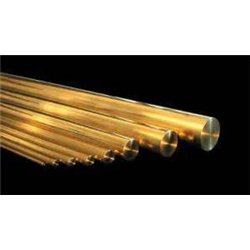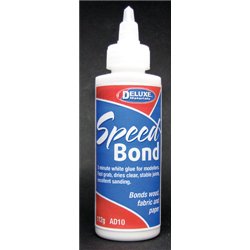Adding sufficient nose weight to a model aircraft can be a delicate task, too little can result in a tail sitter,...
No products
Product successfully added to your shopping cart
There are 0 items in your cart. There is 1 item in your cart.
Search Tips
Christmas and New Year
Due to public holidays, orders will be next dispatched on Monday 29th.
If you select next day delivery at checkout, please note deliveries are not made on New Year's Day or Sundays.
The shop in Sandown is closed on Saturday 27th December and will reopen on Tuesday 30th December.
Tuesday 30th: 10am to 4.30pm - Wednesday 31st: 10am to 2.30pm - Thursday 1st: closed - Friday onwards: 10am to 4.30pm.
How do I stick parts together for a test fit?
There are several trains of thought on the best way to secure parts together temporarily.
Some suggest using a small amount of super glue, rubber glue or even PVA glue.
All of these are fine but will leave a glue residue when pulled apart.
Other modellers even drill holes in the parts and insert either plastic or brass rods.The risk of damage to the parts is great.
Personally, I use a product called Tacky Wax and like it says, it is very tacky and made of wax.
The good thing with this is, it allows you to reposition the model parts as many times as you like and when you have finished and ready to glue for the final time, you just have to remove the Tacky Wax with a small amount of warm soapy water.
Click here to receive the tips weekly in your mailbox. You can unsubscribe at any time.










